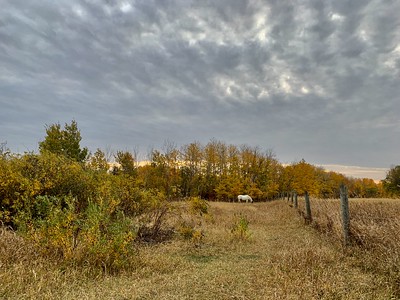
October 2021
Horses are at a higher risk for laminitis in the fall — particularly obese animals or horses with a history of laminitis, metabolic syndrome or pituitary pars intermedia dysfunction (PPID).
Frost increases risk of fall laminitis in pastured horses
Horses are at a higher risk for laminitis in the fall — particularly obese animals or horses with a history of laminitis, metabolic syndrome or pituitary pars intermedia dysfunction (PPID). Pasture laminitis can occur when night temperatures drop below 5 C.
Since grass responds to colder temperatures by storing sugar rather than using it to build fibre and protein, a hard frost triggers even higher sugar levels. When horses consume the grass, these high sugar levels can trigger laminitis.
High-risk horses can also develop fall laminitis when their bodies produce increased levels of adrenocorticotropic hormone (ACTH). Monitor high-risk horses for any signs of laminitis, limit pasture time and keep them off grass for several days after a hard frost.
Click here to view a video on the topic of fall laminitis.

